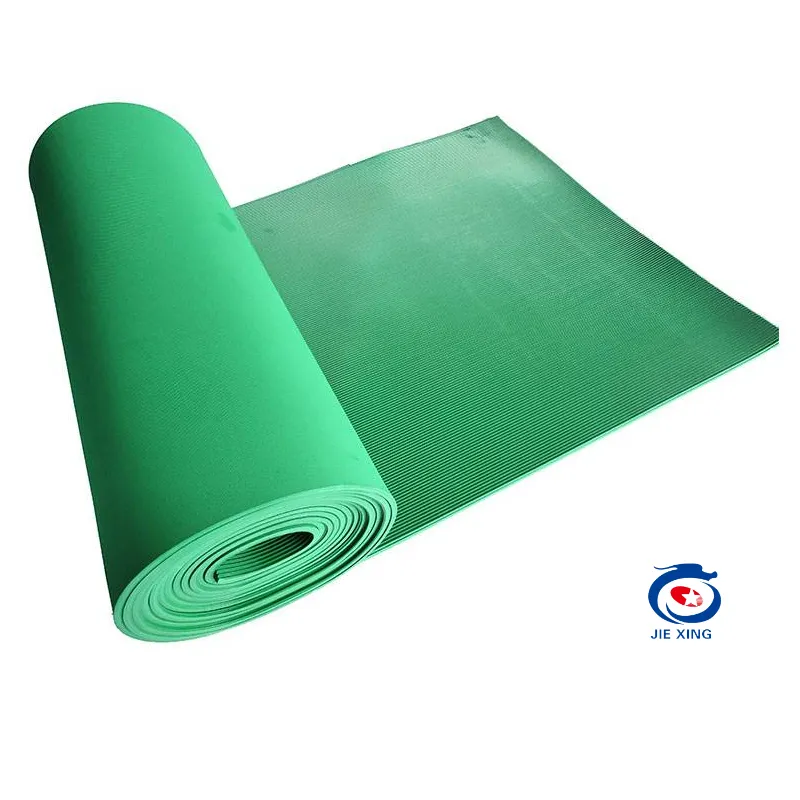door and window weather stripping
Weather Stripping for Doors and Windows An Essential Guide
When it comes to maintaining a comfortable home, one often overlooked aspect is the proper sealing of doors and windows. Weather stripping is a critical method used to prevent drafts, moisture, and insects from entering your living space. This simple yet effective solution can lead to significant energy savings and improve your home's overall comfort and efficiency.
What is Weather Stripping?
Weather stripping refers to various materials that seal gaps around doors and windows. These gaps can allow air to escape, leading to increased energy costs and an uncomfortable living environment. By applying weather stripping, you can create a barrier that prevents outside air from affecting the temperature within your home, ensuring that your heating and cooling systems work more efficiently.
Types of Weather Stripping Materials
Several types of weather stripping materials are available, each suited to different applications based on the size of the gaps and the specific needs of your home. Common materials include
1. Foam Tape This is a flexible option often used for irregular surfaces or small gaps. Easy to install, foam tape provides a good seal and is designed to compress when the door or window is closed.
2. Vinyl V-Strips These are durable strips that can be placed along the edges of doors and windows. They come in a V shape, allowing for more flexibility in uneven spaces and providing an effective seal against drafts.
3. Rubber Weather Stripping Known for its durability, rubber weather stripping can endure harsh weather conditions, making it an ideal choice for exterior doors and windows. It is particularly effective at creating a tight seal.
4. Metal Weather Stripping This type is often used for heavier doors, providing long-lasting performance. Metal strips can be used along sliding doors or windows to prevent air leaks.
door and window weather stripping

5. Caulk While not technically a weather stripping material, caulk is essential for sealing cracks and gaps around windows and doors. It can effectively fill in spaces where other types of weather stripping might not reach.
Installation Tips
Installing weather stripping is a straightforward DIY task. Here are some tips to ensure successful installation
1. Clean the Surface Before applying any weather stripping, clean the surface to remove dust and debris, allowing for better adhesion.
2. Measure Twice, Cut Once Accurate measurements are crucial for effective sealing. Ensure you measure the gaps correctly and cut the weather stripping to the appropriate length.
3. Press Firmly Once applied, press the weather stripping down firmly to secure it in place and create a seal.
4. Check for Effectiveness After installation, close the door or window and check for drafts. If you still feel air, you may need to adjust or add additional weather stripping.
Conclusion
Weather stripping is an essential part of home maintenance that can lead to improved energy efficiency, comfort, and a reduction in utility bills. By investing a little time and effort into weather stripping your doors and windows, you can create a better living environment that keeps the elements at bay while enhancing your home's overall performance. Regular maintenance and timely replacement of worn or damaged weather stripping can go a long way in preserving your home's integrity and comfort.
-
Under Door Draught Stopper: Essential ProtectionNewsJul.31,2025
-
Garage Door Seal and Weatherstrips for ProtectionNewsJul.31,2025
-
Edge Banding Tape for Perfect EdgesNewsJul.31,2025
-
Table Corner Guards and Wall Corner ProtectorsNewsJul.31,2025
-
Stair Nose Edging Trim and Tile Stair SolutionsNewsJul.31,2025
-
Truck Bed Rubber Mats for Pickup BedsNewsJul.31,2025
-
Window Weather Stripping for Noise ReductionNewsJul.29,2025